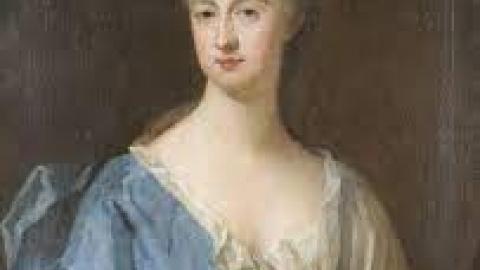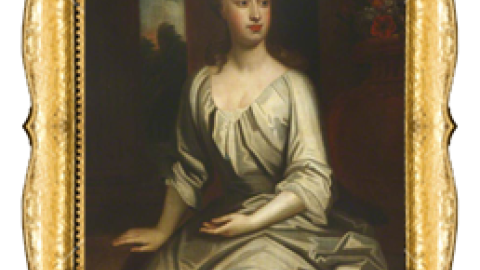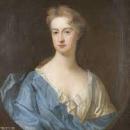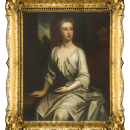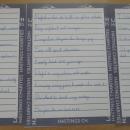Who was Lady Betty?
Lady Elizabeth Hastings was born in 1682, the eldest surviving daughter of the 7th Earl of Huntingdon.
At the age of 23 she inherited a fortune from the estate of her grandfather, Sir John Lewis of Ledston Hall, Yorkshire. Lady Betty, as she became known, took up residence at Ledston and adopted a lifestyle of deep Christianity and enlightened philanthropy. A well known Society figure, she declined all offers of marriage.
She saw education as key to the future, built a boarding school for girls at Ledsham and founded schools at Aberford, Collingham, Thorp Arch, and Ledsham. She was also a major benefactor to religious and other charitable causes. A number of primary schools in West Yorkshire still bear her name.
In 1738 Lady Betty contracted breast cancer, for which she underwent surgery, without the benefit of anaesthetics. Considering her future, on 14th December 1738 she set up a Trust Deed, providing for the establishment of the charities that would bear her name. For this to be effective, she had to live for at least a year from that date; she survived for a year and a week, leaving a legacy that has helped tens of thousands of people through four centuries.
Lady Elizabeth Hastings adopted a lifestyle of deep Christianity and enlightened philanthropy and, before her death in 1739, established the charities which have since helped tens of thousands of people.
ENRICHING LIVES
SINCE 1739
The Lady Elizabeth Hastings Charities award educational and ecclesiastical grants to individuals, groups and institutions within clearly defined areas of the North of England.
Lady Elizabeth Hastings Charities – Enriching Lives Since 1739
Class 2 have been researching Lady Elizabeth Hastings in a number of different ways. Gray has been looking at identifying features of a biography and found out that, 'Lady Elizabeth Hastings was the granddaughter of the Earl of Ledston. Her nickname was 'Lady Betty'. Her parents owned Ledston Hall, where she was born in 1682. Her and her brother were the only two children that survived out of nine siblings'.
Noah discovered that, 'Lady Elizabeth Hastings believed that education would lead to a happy life and she taught her nieces and nephews. When she was 23 years old, she got a fortune when her grandfather died, so she decided to stay living at Ledston Hall. She loved her Christian religion so much, that they let her into the Society of Christian Knowledge, even though she was a woman and women weren't allowed to enter'. Noah also created the following acrostic poem, based on the facts he had found out:
Loved education and religion.
Always helped as much as she could.
Delivered some of our supplies.
Years of her glorious Christianity.
Education was her beloved aim.
Lines of inspiration she provided.
If she was worried, she didn't show it.
Zealous and resilience she had.
Always pushed through anything.
Because she was so resilient, when she got breast cancer, she pushed through it.
Everything she did matters.
Time she spent was used up by education.
Her charity is still here today.
Her charity is amazing!
Always was at your greatest need.
She was loving and giving.
The charity still helps people today.
In times of distress, she will be there.
Never stopped trying to go for her aim.
Gave girls the right to do what boys could do.
Sent a great trust deed.
Within India's research, she found out that , 'Lady Hastings and her close friend, Lady Catherine Jones helped open a school for girls in 1709. After that wonderful experience, she decided to open a school of her own. Lady Betty thought that it wasn't right that only boys got to have an education, so she opened a school just for girls in many places such as Ledsham, Collingham, Aberford and Thorp Arch. - 3 of which still run as primary schools in West Yorkshire.
At the age of 46, she sadly got the illness of breast cancer. She had to have surgery without any treatment. Before she died, Lady Betty made a charity called 'Lady Hastings' trust'. However, she had to live at least a year and Lady Hastings managed to live long enough to set the charity up. The exact date of her suffering was a year and a week. The charity still goes on today and has helped so many people.'

